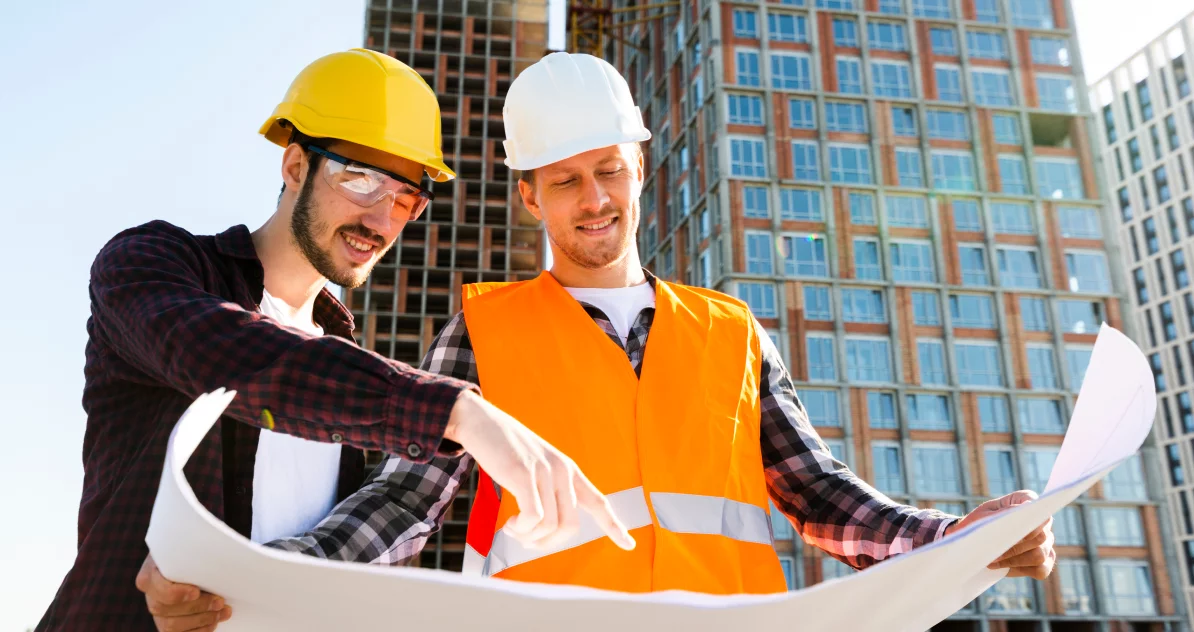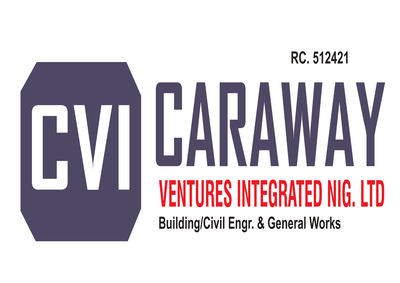
Architectural design plays a crucial role in modern construction, shaping how buildings function, look, and impact the environment. A well-planned architectural design enhances aesthetics, efficiency, sustainability, and structural integrity.
In this article, we’ll explore why architectural design is essential in today’s construction industry and how it influences building projects.
1. Enhancing Functionality & Space Optimization
Great architecture is about more than just appearance—it’s about creating functional spaces that serve their intended purpose efficiently.
How Architectural Design Improves Functionality:
Maximizes space utilization – Ensures every area is useful and practical.
Improves building flow – Creates seamless movement for people and activities.
Customizes design for needs – Tailors layouts for residential, commercial, or industrial use.
A well-designed space is comfortable, efficient, and user-friendly, ensuring a better experience for occupants.
2. Structural Integrity & Safety
A strong architectural design ensures a building is structurally sound and safe. Architects work closely with engineers to design buildings that can withstand environmental forces and long-term wear.
Key Safety Aspects in Architectural Design:
Load-bearing calculations – Prevents structural failures.
Earthquake & wind resistance – Protects buildings from natural disasters.
Fire safety planning – Includes proper exits, fire-resistant materials, and ventilation.
Architectural design plays a key role in preventing collapses, reducing risks, and enhancing durability.
3. Aesthetic Appeal & Visual Identity
A building’s appearance matters! Architectural design influences branding, market value, and emotional connection with its users.
Elements of Great Aesthetic Design:
Unique facades & creative structures – Distinctive designs make buildings stand out.
Balance of form & function – Beauty without compromising usability.
Blending with surroundings – Complements the urban or natural environment.
A visually appealing building enhances property value, attracts tenants or buyers, and creates an iconic presence.
4. Sustainability & Eco-Friendly Design
Modern architectural design incorporates green building practices to reduce environmental impact.
Sustainable Architectural Solutions:
Energy-efficient windows & ventilation – Reduces heating/cooling needs.
Green roofs & walls – Improves insulation and air quality.
Passive solar design – Uses natural sunlight for lighting and heating.
Eco-conscious architecture leads to lower energy consumption, reduced waste, and healthier living spaces.
5. Cost-Effectiveness & Resource Efficiency
Good design saves money! Proper planning reduces construction costs, material waste, and long-term maintenance expenses.
How Architectural Design Saves Costs:
Smart material selection – Uses durable, cost-effective options.
Prefabrication & modular techniques – Speeds up construction and lowers costs.
Efficient layouts – Minimizes wasted space and resources.
Investing in quality architectural design reduces overall project costs and increases long-term value.
6. Improved Living & Working Environments
Architectural design directly affects human well-being by influencing comfort, productivity, and mental health.
How Design Impacts Human Experience:
Natural light & open spaces – Improves mood and energy levels.
Proper ventilation & acoustics – Enhances indoor air quality and sound control.
Smart office layouts – Boosts workplace efficiency and collaboration.
Well-designed environments make homes more livable, offices more productive, and public spaces more inviting.
7. The Role of Architects in Modern Construction
Architects are the visionaries behind innovative and functional buildings. They collaborate with engineers, contractors, and developers to ensure projects align with design, safety, and efficiency standards.
Architects Contribute By:
Developing conceptual designs & blueprints.
Ensuring compliance with building codes & regulations.
Integrating sustainability & modern technologies into projects.
Their role is critical in creating structures that stand the test of time.
Architectural design is at the core of modern construction, influencing functionality, safety, sustainability, aesthetics, and cost-efficiency. Without thoughtful design, buildings lack efficiency, durability, and long-term value.
Great architecture isn’t just about building structures—it’s about shaping the future of living and working spaces!







